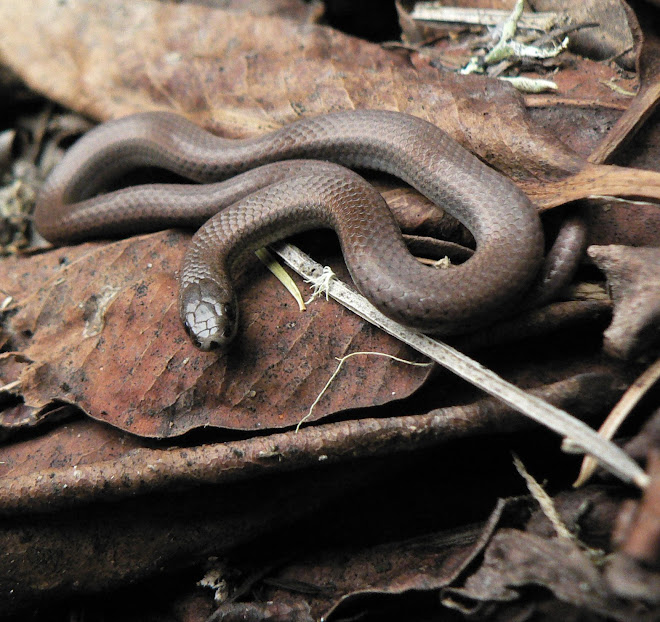What a
spring! I know, so long ago, and now we are now at the tail end of summer. But
it was memorable for me, not just because of the unrelenting, grey, damp chill
we all endured, but also because of the birds. Nature has a way of making even
a disappointing stretch of weather enjoyable.
A pair of Steller’s jays blessed my yard with their
presence, nesting in what is probably the largest nest box in Metchosin. They
took advantage of an unused canoe that has been stored upside down alongside my
shed. The woven seat, protected by the canoe’s upturned bottom suited them just
fine as they successfully raised five chicks.
 |
| Steller's Jay Nest |
 |
| Five Steller's Jay fledglings, two days before leaving the nest |
Walking by the shed would produce a cacophony of scolding
and some rather stern looks. I managed to take a photo of the five chicks, just
a four or five days before they fledged, by angling a mirror over the nest and
shooting up into the mirror. Not the best quality shot but rewarding to see the
open-mouthed, demanding, little tykes. A few days later the nest was empty and
the parents were diligently teaching the young how to feed at the suet cakes.
Going back a bit, to the first annual Metchosin BioBlitz
in 2011, we had the exciting discovery of a pair of western bluebirds, the
first seen around Metchosin in almost thirty years. That exciting discovery
prompted a move to have some bluebird nest boxes put up in likely locales, in
the hopes some bluebirds might return, spot the boxes and set up housekeeping.
After a call-out to the community, many residents came
forward, offering to have a bluebird nestbox placed on their property. Unfortunately,
not all locales are suitable for what is believed to be their criteria: open
areas, near forests, with good perching and hunting conditions, no cats, nor
house sparrows. Eventually thirty-nine boxes were erected.
Unfortunately, the nest boxes were not successful in
enticing any bluebirds to the area but they were well used regardless. Of the
nineteen I helped install, ten had active nests, one violet-green swallow,
seven house wren and two chestnut-backed chickadee families were started.
 |
| House Wren Nest |
 |
| Fledgling House Wren |
One box
had a beautiful grass nest constructed, similar to the ones made by bluebirds
(be still my heart), but no activity, another two had partially constructed
house wren nests (it is common for male house wrens to construct multiple nests
and the female chooses which best suits her exacting requirements). Of the
nineteen nest boxes, thirteen had some sort of nesting activity.
 |
| Chestnut-backed Chickadee Nest |
It’s not always possible to see into the nests to
ascertain exactly the status of the inhabitants, but in some cases I was able
to view the interiors with the help of a mirror. I saw at least ten young house
wrens, plus another three eggs, five chickadee eggs and four young-but dead
swallow chicks.
The violet-green swallows have been having a tough time
breeding successfully for a few seasons now. Perhaps the cold, wet springs
don’t supply enough insects to feed the chicks. I’m thankful one family did manage
to survive at Camas Hill this year, maybe because they started much later than
usual.
A further twenty boxes were placed along William Head
area in what seems to be perfect habitat but only one was used, by swallows,
and another two had to be removed because house sparrows found them too attractive.
We don’t want to help house sparrows reproduce, they are an introduced,
invasive species, through no fault of their own, but they will out-compete many
of our native songbirds.
Observing nest building, watching the parents tirelessly
deliver food to their young, the joy of knowing the young have survived and
flown from their nests, is powerful medicine that helps combat any sort of
blues.
Here’s to a long, lingering fall, endowed with uncommonly
good weather!








